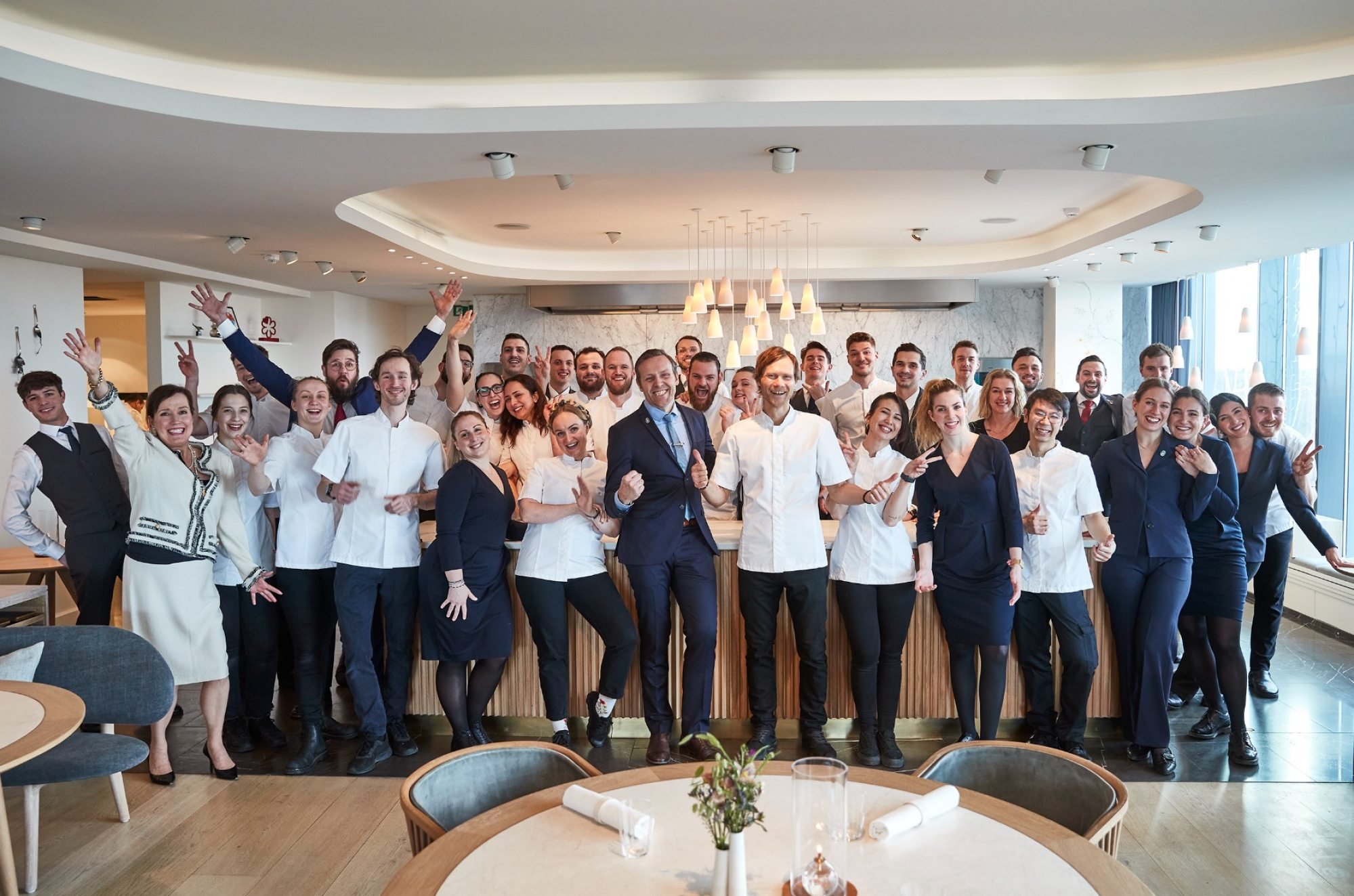
Why only dining at Michelin-star restaurants on vacation misses the point of travel
- It’s ridiculous to build a trip around ‘collecting’ destination restaurant experiences if it means you don’t eat at places not on the World’s 50 Best list
- With fine-dining restaurants striving to make a spot on the numerous awards lists out there, many are looking more and more generic
A friend and I once joked that we should create an “instead” list for tourists coming to Hong Kong, because so many travel guides and magazine articles parroted each other when it came to recommending restaurants.
You don’t need another Hong Kong guide to tell you to eat at Yardbird or The Chairman. But for many of these publications, it seems it’s just easier to promote something that already has a huge following.
Hong Kong food trends 2023: caviar out, mentaiko in and more we want to see
Looking at a gallery of dishes from the World’s 50 Best’s top 10 restaurants, a fellow food writer commented that they couldn’t tell which restaurant was which, or even what cuisine they represented.
Sauce commas, vibrant green oils, edible flowers and items laid jauntily to the side of the plate have become an all-too-common visual vernacular of contemporary fine dining.
In October 2022, Eric Finkelstein, a 34-year-old IT consultant, broke the world record for dining at the most number of Michelin-star restaurants in a single day, eating at 18. Guinness World Records confirmed the feat, which beat the previous record by six restaurants, on December 29.

On a similar scale, someone I once met boasted about having eaten multiple omakase sushi meals in one evening in Japan. Others show me their dining itineraries for trips abroad, with every lunch and dinner filled with a constellation of Michelin-star venues.
My only reaction to all of these is: why?
Apart from doing a number on your digestive system, it’s ridiculous to build a trip around “collecting” high-end restaurant experiences if it means you don’t have room for the genuinely great places that most likely don’t have a whole marketing team behind them.
At the same time, I’m also guilty of building excessively chaotic eating maps filled with cafes, diners, bars and shops that I feel I must visit when I’m travelling – and spending far too much time staring at Google Maps on my phone, wondering if there’s a hotspot that I might have just missed on the next street over.

On the opposite end of the scale would be flânerie – the French term for the art of walking around without aim or purpose – but I suspect that FOMO (fear of missing out) usually trumps such romantic notions.
I worry that with so much information these days – all the guides, lists, television shows and Instagram posts filled with “must tries” – we’re actually losing out on the sheer joy and simplicity of discovering places without the pressure of ticking a place off our list.
It’s a case of not seeing the wood for the trees.

